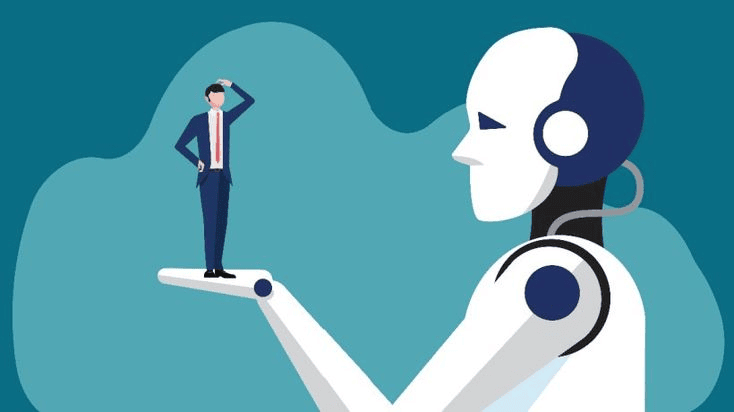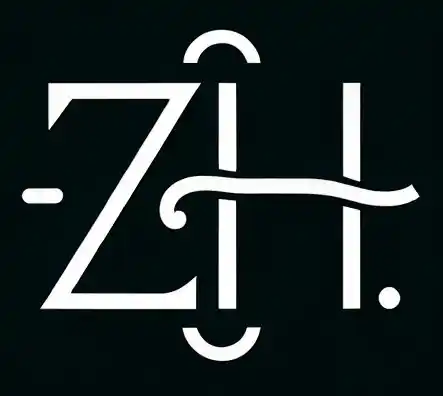Zeeshan Hayat on Rethinking Burnout in the Age of AI

In the evolving story of work, artificial intelligence (AI) has been cast as both hero and villain. To some, it’s the saviour that finally frees us from email overload and mundane meetings. To others, it’s the insidious force deepening burnout, eroding human connection, and accelerating a race we never agreed to run.
But as with most things in modern work culture, the truth isn’t black or white. AI is neither inherently benevolent nor malicious. It’s a tool—immensely powerful, but deeply shaped by the context in which it’s deployed. And when it comes to burnout, that context matters more than ever.
Let’s step away from the hype and look at AI and burnout with the nuance the conversation deserves.
AI as the Double-Edged Scalpel
Think of AI not as a hammer but as a scalpel—precise, potentially transformative, but capable of cutting too deep if wielded without care.
When AI automates tasks like data entry, scheduling, or first drafts of content, it can create real relief for employees drowning in digital clutter. But in many workplaces, the relief is short-lived. Time saved by automation isn’t reinvested in rest or creativity—it’s reabsorbed into higher expectations.
“Now that the tool is doing X, let’s have you take on Y and Z.”
This is the heart of AI’s paradox: It promises less work, but often leads to more responsibility—especially the kind that’s cognitively demanding or emotionally taxing. Burnout doesn’t vanish; it morphs.
Burnout Is a Systemic Problem, Not a Software Glitch
One of the most dangerous misconceptions is that burnout is simply a matter of too much work. In reality, burnout stems from a deeper dissonance—between effort and reward, autonomy and control, value and visibility.
When AI enters the picture, that dissonance can sharpen.
- If AI tools are rolled out without training or support, employees feel disoriented and inadequate.
- If AI decisions replace human judgment without explanation, workers feel disempowered and mistrusted.
- If AI systems are embedded in a culture that rewards “always on” performance, workers feel permanently monitored and dehumanized.
Burnout, then, isn’t caused by AI itself—but by how organizations use AI within pre-existing dynamics of pressure and imbalance.
The Psychological Load of AI Adaptation
There’s also a kind of stress we don’t talk about enough: the mental and emotional tax of keeping up with constant technological change.
This includes:
- AI fatigue: The ongoing strain of learning yet another new system—especially when the benefits aren’t immediately clear.
- Competency insecurity: A quiet fear of becoming obsolete, particularly among mid-career professionals less steeped in tech.
- Cognitive overload: The need to monitor, verify, or override AI outputs—tasks that can feel more demanding than the original work.
In this way, AI doesn’t always reduce complexity. Sometimes, it redistributes it—trading mechanical repetition for vigilance, skepticism, and interpretation. The workload shifts, but the energy drain remains.
Where AI Can Help—If Conditions Are Right
None of this means AI can’t support healthier, more sustainable work. It absolutely can. But it depends on how it’s integrated, and whether the organization values well-being alongside performance.
Here’s what thoughtful, burnout-aware AI integration can look like:
- Context-aware automation: Automating tasks that are truly low-value—not just low-effort. Think data aggregation, not client follow-ups.
- Human-centered design: Tools that adapt to employees’ workflows, rather than forcing people to change their rhythm to match the tech.
- Flexible use, not forced use: Giving employees autonomy over how and when they use AI, rather than enforcing uniform adoption.
- Augmentation over replacement: Using AI to enhance human judgment—not override it.
Crucially, these changes can’t be surface-level. They require a shift in mindset—from viewing AI as a way to maximize output to seeing it as a way to maximize meaning.
The Leadership Imperative: Slower, Smarter Integration
For leaders, the temptation is often to lead with technology and expect people to catch up. But the real opportunity lies in leading with empathy, and letting technology follow.
This means:
- Slowing the rollout of new tools to allow for adaptation.
- Framing AI not as an efficiency mandate, but as a long-term enabler of creative and strategic work.
- Providing psychological safety around experimentation—where employees are encouraged to try, fail, and learn without fear of falling behind.
Leaders must also resist the allure of metrics that make AI look like a miracle: shorter response times, higher output, and lower head-counts. These numbers may rise, but if morale, engagement, or mental health fall? The real cost becomes invisible—until it isn’t.
A More Honest Future of Work
AI won’t solve burnout. But it can be part of a more intelligent response to it.
To do so, we need to stop asking what AI can do and start asking what we want work to feel like. Calm? Creative? Collaborative? Then let AI help us get there, without sacrificing humanity on the altar of hyper-efficiency.
Burnout isn’t a tech problem. It’s a values problem. And if we’re willing to ask better questions, AI might help us answer them—with more clarity, more compassion, and less collateral damage.
